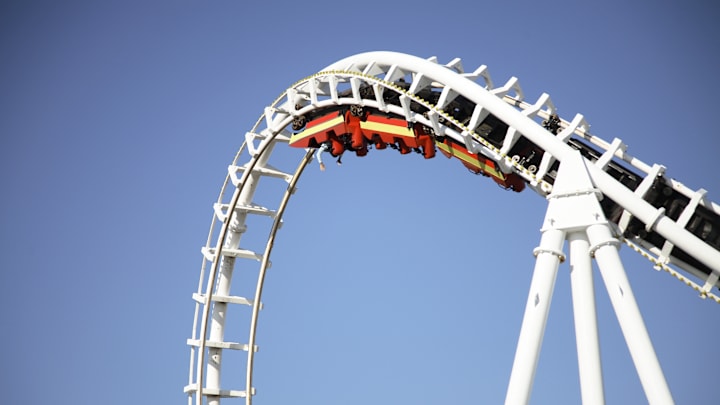From their early identity as “Russian Mountains” in France to today’s death-defying drops, roller coasters have embodied humanity’s paradoxical desire to put themselves in (at least an approximation of) harm’s way. How did we go from slow-moving coal carts to stomach-churning feats of speed? And just why do people find it fun to feel terrified?
In the second episode of The History of Fun, Mental Floss producer and host Justin Dodd traces the topsy-turvy track of roller coaster history and explores the science behind being thrilled. Professor Brendan Walker, known as the world’s only professional thrill engineer, weighs in with the physiological and psychological insights gleaned from his research.

During the latter half of the 19th century, many of the influential roller coasters that resemble the ones we ride today were being made not in Europe, but in America. La Marcus Thompson was an inventor who, over his life, accumulated several patents for various roller coaster technologies. He’s known as the “Father of the Gravity Ride” and the “Father of the American Roller Coaster.” But as we explore in the video, those labels might be more up-for-grabs than it first appears.
Check out the full video about the history of the roller coaster to learn more, from how loop-the-loops were originally tested (it involves more monkeys than you might imagine) to how our fight-or-flight response contributes to the fun of an amusement park.
Subscribe to Mental Floss on YouTube for new videos every week covering history, science, and much more.
